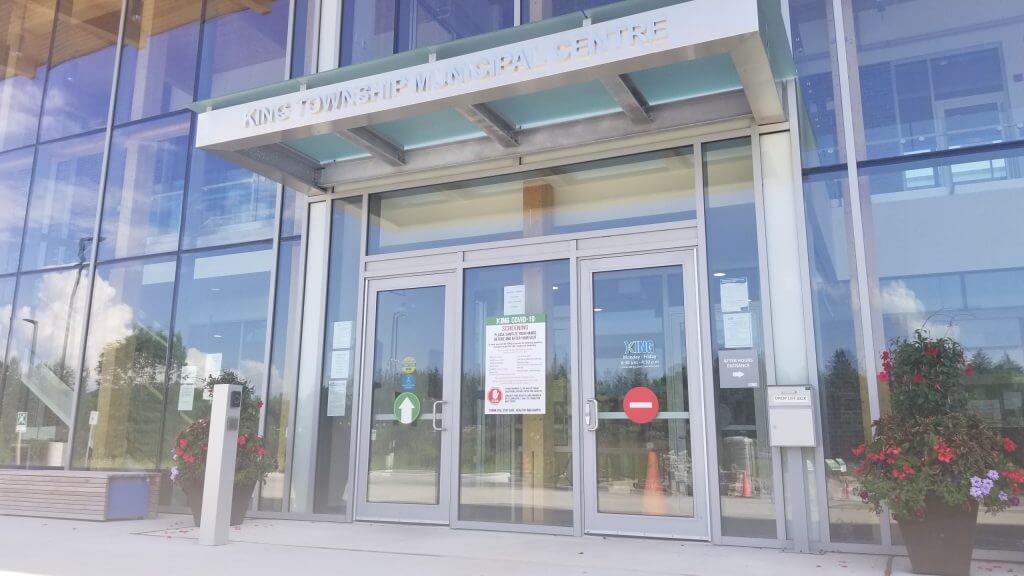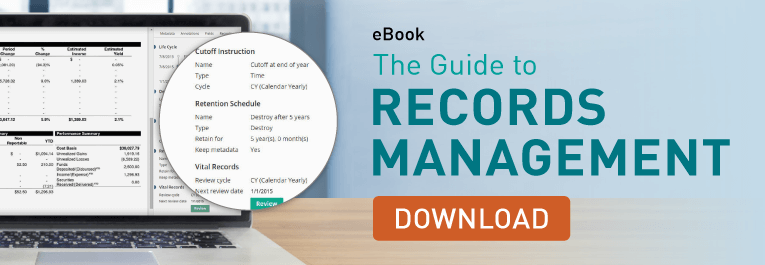In recent years, the Isle of Man has undertaken modernisation efforts to the benefit of citizens, bringing more services online and increasing efficiency using Laserfiche for digital records management, electronic forms and workflow automation. The Laserfiche initiatives have created a foundation upon which to build a digital-first government, enhancing the experience for anyone seeking services, whether they are private citizens or businesses.
The Isle of Man Central Registry’s digital transformation efforts unexpectedly became a key factor in its ability to keep business moving during the COVID-19 pandemic. “Having Laserfiche installed, and integrated with government’s online service, was a godsend for the Land and Deeds Registries and all of our customers as it enabled us to continue to provide a full service throughout the lockdown period,” said Registrar General Ed Clague. “In conjunction with government online services, we operated successfully throughout the lockdowns.”
Building a Foundation with Digital Records Management
The Isle of Man sits at the heart of the British Isles with a population of 86,000. As a self-governing British Crown Dependency, the Isle of Man’s parliament is the world’s oldest, dating back more than 1,000 years. The Island’s Central Registry is responsible for maintaining and administering services related to a family of registries including the Civil Registry, Companies Registry, Deeds Registry, Land Registry, and Public Record Office.
Prior to implementing Laserfiche, the land and deeds registries had a mixed way of managing records, which comprised manual search and retrieval, and a bespoke legacy system that was not internet-enabled and approaching end-of-life.
“The biggest motivation for us to move to Laserfiche was its off-the-shelf capabilities, which reduces the risk of having to retire another legacy system in the future, and provides us with a demonstrable upgrade path,” Clague said. “Most importantly, Laserfiche gives us a platform for further digital services. It’s a perfect system for our requirements.”
By transitioning from the registry’s legacy records system to Laserfiche digital records management, the organisation safeguards and centralizes historic records and ultimately provides better customer service via improved efficiency and easier access to information by the people who need it. The ability to provide documents to people who have requested them online and on-demand also reinforces the Isle of Man’s commitment to open government; the organisation aims to make more of its records available online within the coming years.
The digitalisation initiative also supports the Isle of Man’s compliance practices, which have become increasingly important with the introduction of GDPR in 2018. The Isle of Man aims to maintain its reputation for meeting high international standards in its compliance practices, making sure that data is as accurate, reliable and up to date as possible.
“We want to be early adopters of international guidelines; we want to make sure that IT systems can keep up as well,” Clague said. “Our goal is to enable the organisation to evolve with international standards, and we want our practices to be demonstrable, while keeping compliance overhead low.”
While the registry’s initial phase of Laserfiche implementation included digitalisation and data migration, the organisation began seeing even more benefit when Laserfiche was integrated with the Isle of Man’s GIS platform based on Esri’s ArcGIS, as well as the government’s payment gateway in order to streamline land and deeds processes and to create a public search portal for land and deeds. The registry has worked with Laserfiche Solution Provider Manx Business Solutions for implementation, selecting the company for its expertise and experience after evaluating a number of partners.
“People make the project. We have worked with MBS and they have been a fantastic team to work with: a solution-orientated team which listens carefully to our needs and suggesting options,” Clague explained. “MBS is knowledgeable, personable, professional, and flexible at all times. To varying degrees, almost my entire team has worked with MBS at some point of the project — and I’m pleased to say this view is universally shared. I take this opportunity to thank the MBS team, for the work it has done and work it continues to provide — keep up the good work.”
The Isle of Man’s public portal now allows people to access a Laserfiche online 24/7 to purchase deeds. Through the Laserfiche integration with ESRI, the Land Registry also enables customers to search an online map for properties, and view all available documents related to those properties.
“The Isle of Man’s new Land Registry solution based on our ArcGIS technology required a document management element,” said Nart Tamash, solution architect at ESRI UK. “This is where the team at MBS and Laserfiche came into play which enabled us to deliver an end-to-end solution to the Isle of Man’s Central Registry by integrating our off-the-shelf web-based products. The most exciting thing is that this pattern is repeatable, and customisable thanks to our APIs, across many organisations and use cases that require a world class mapping and document management system.”
Quinn Legal, a leading law firm on the Isle of Man, has saved significant time utilising the Laserfiche driven Land and Deeds Registry process. Historically, the firm’s staff would have had to visit the registry on a daily basis whereas now, most of their business can be undertaken online.
“This came into its own when COVID struck, with the Island of Man going into lockdown,” said Neil Quilliam, senior conveyancer at Quinn Legal. “Quinn Legal staff were able to seamlessly continue with their daily interaction with the Land and Deeds Registry online.”
Continuous Innovation to Enhance the Employee and Citizen Experience
When lockdowns took effect, the Central Registry had to close its office to visitors in person, however, it was able to provide a digital alternative for all its services.
“Our implementation of Laserfiche was very timely,” Clague said. “This is the new normal now — we still have customers who visit the office — they may not be able to access digital forms at home for various reasons — but for the most part people now prefer to access our services online. The number of people visiting the office has dropped by 90% if not more. It’s been a massive benefit.”
Along with the rest of the world during COVID-19 surges and mandates, the Central Registry has experienced a growing demand for access to information in real-time online and digital services. By providing those digital services, the Isle of Man has been able to reduce physical foot traffic and simultaneously increase efficiency in its processes, reclaiming time that staff has used to improve the experience for both government employees and the people they serve.
“Governments can get caught in a vicious cycle when trying to do more with less, but we’ve created a virtuous circle. We’ve freed up time by digitalising, and the more that we digitalise, the more we can serve our customers. It’s allowed us to maintain and improve our services at no additional cost, even during lockdowns.”
—Ed Clague, Registrar General, Isle of Man Central Registry
“We are not resting on our laurels,” Clague added. “We want the ability to innovate and move forward. We will be using Laserfiche as a fundamental component in transforming our business. We will be moving more of our services online. We will be protecting our critical business records. And we will be improving our working environment and improving our efficiency.”




 Building a Digital Future
Building a Digital Future 
